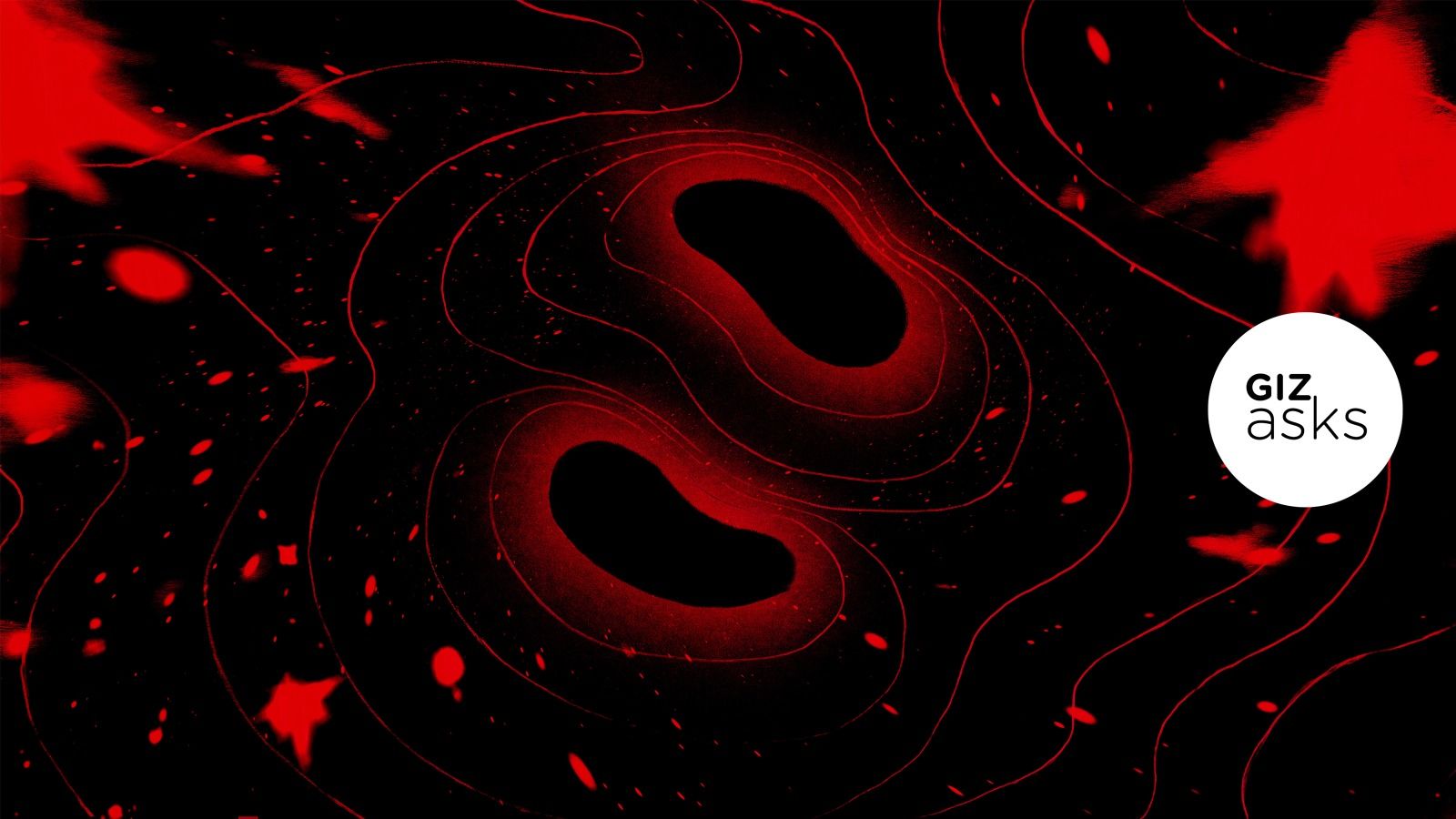On September 14, 2015, signals from one of the Universe’s most mind-boggling, powerful events produced the tiniest signal in a pair of detectors, one in Louisiana and one in Washington state. They’d detected two already-wild objects, black holes, slamming into one another.
You’re probably familiar with black holes as cosmic vacuum cleaners, but they’re a little bit more complex than that. One core takeaway of Einstien’s theory of gravity is that heavy enough things actually change the shape of the space around them, and gravity is how we experience this warping. Black holes are regions of space so small and massive that they carry a point-of-no-return, an “event horizon” beyond which space is so warped that every path that anything could travel leads to the black hole’s middle. Nothing, not even light, can escape.
